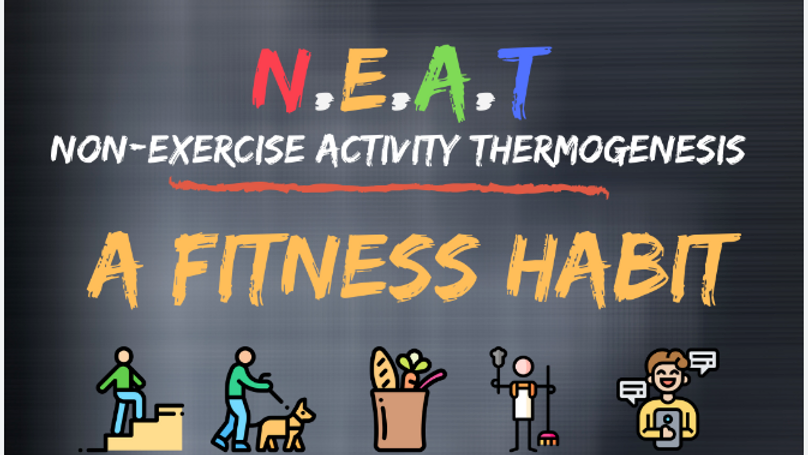Facilitator: Kari McKeown, RPT
Kari is one of the physical therapists in the Comprehensive Care Office of the Bariatric Center of Kansas City, and has been a physical therapist for many years. She said the research and her own experience demonstrate that patients who begin physical therapy and become active prior to a surgery have better outcomes after surgery. There is a new area of research that is discovering why.
Sitting has become second only to smoking as a risk factor for death, according to research from the European Society of Cardiology. She also shared an article titled “Sitting is the New Smoking – Even for Runners.” As we become a more sedentary society – sitting in our cars, sitting for each meal, sitting at work, sitting in from of the TV – we are seeing all that sitting associated with heart disease, diabetes, cancer and even depression. People who spend many hours a day sitting a lot die at an earlier age than those who sit less, even if those people exercise regularly. “Smoking is bad for you even if you get a lot of exercise. So is sitting too much.” Sitting a lot slows your metabolism, your circulation, and the number of calories you burn every day.
The reason sitting is so bad for you may be discovered in the research that is being done around myokines. Myokines are proteins secreted from muscles. These myokines travel throughout the body through your blood stream. Those who have a strong muscular system, have stronger organs through the body, because these myokines “communicate with,” or send signals to, the other organs. They are seeing a decrease in inflammation in people who are physically active, and especially among people who incorporate weight training into their daily activity. There are studies showing patients with breast cancer who do muscle training have an increase in myokines that increase the body’s anti-cancer properties. We are beginning to see different types of exercise resulting in specific types of myokines. If the research continues to become more specific, we could at some point be able to have control of diseases that result from systemic inflammation by doing specific exercises.
We’re a long way from that, but clearly activity is crucial to our health. Many diseases are caused by inflammation, and activity is making anti-inflammatory changes in our bodies at the molecular level.
Activity provides many other benefits, including signaling the brain to make us happier, to tell us we aren’t hungry, to burn more fat, etc. One of the best types of exercise is High Intensity Interval Training (HIIT) which increases muscle mass without being too aggressive or expensive.
If you attended the February 6th Support Group, Greg Justice, owner of AYC Fitness on State Line, spoke about HIIT training and has many online videos showing different HIIT routines. By doing short bursts of different activities in a circuit, you get a very good workout in a short amount of time. He uses a format called Tabatas for HIIT training.
Kari also recommends doing Tabatas, which you can do for 10 minutes. You do each exercise for 20 seconds, move to the next one, and rest for 1 minute after each circuit of 6 exercises. Greg recommends selecting exercises that involve 6 different areas of the body for your circuit:
- One pushing exercise
- One pulling exercise
- One exercise that strengthens your core muscles
- One aerobic exercise for cardio strengthening
- One lower extremity exercise that works both legs together
- One lower extremity exercise that works legs individually
- It is important to allow a day in between tabatas to allow your muscles to recover. So if you are walking every day for 30 minutes, throw in tabatas 3 times a week. They will increase your metabolism and keep it up for 24 hours to help you maximize your weight loss.
If you want to learn this type of training at Greg’s gym, call Nancy McDonald at AYC Fitness to sign up for the Tuesday evening class at 5:30 that is specifically for our patients. Their contact information is:
7830 State Line Rd., #101, Prairie Village, KS 66208
913-642-4437
https://www.runnersworld.com/health/sitting-is-the-new-smoking-even-for-runners
https://www.sciencedaily.com/releases/2016/07/160726221146.htm








